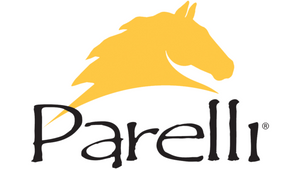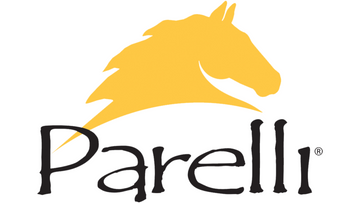
By Carol Coppinger | 6-Star Master Instructor Emeritus
It’s kind of funny how words have different interpretations. When searching for a "more natural approach" with our horses, the term "Horse psychology" is used to describe our methods and way of interacting with horses. However, I think there are so many different opinions on exactly what that means we can find ourselves getting derailed in putting and keeping the relationship the most important!
How did/do you help your students grasp the meaning of using psychology with their horses?
I have often helped students find a way to think through the maze of contradictions that occur when learning the language and customs of horses. I use the term “customs” to help us realize there is more to the language than just a technique.
Whether it’s asking for permission to change sides, rewarding the slightest, or making it clear that longer, higher phases don't help the horse learn, it’s so important to keep your focus on the fact that horses are naturally unconfident, especially around us humans! It is important to wait for the Lick and Chew. Shortly after that, your horse will be ready for your next request.
It all sounds so simple, but putting effort into achieving true, trusted, willing communication between you and your horse often doesn't align with your desired goals and timelines. We arrive with baggage, and our horses bring along their baggage. We must get our mental baggage in order before we can begin believing the horse can get theirs in order. The 7 Keys to Success sums it up nicely. The first one is truly the key: our attitude—that's where our baggage tends to be pretty heavy. If I can get students to feel pleased more often than displeased, it's the difference that truly makes the difference with horses! It's not about making our horses but more about creating an environment that helps them be calm, giving them a chance to connect with us mentally. Once this happens, dreams are made of the responsiveness and willingness that can occur.







